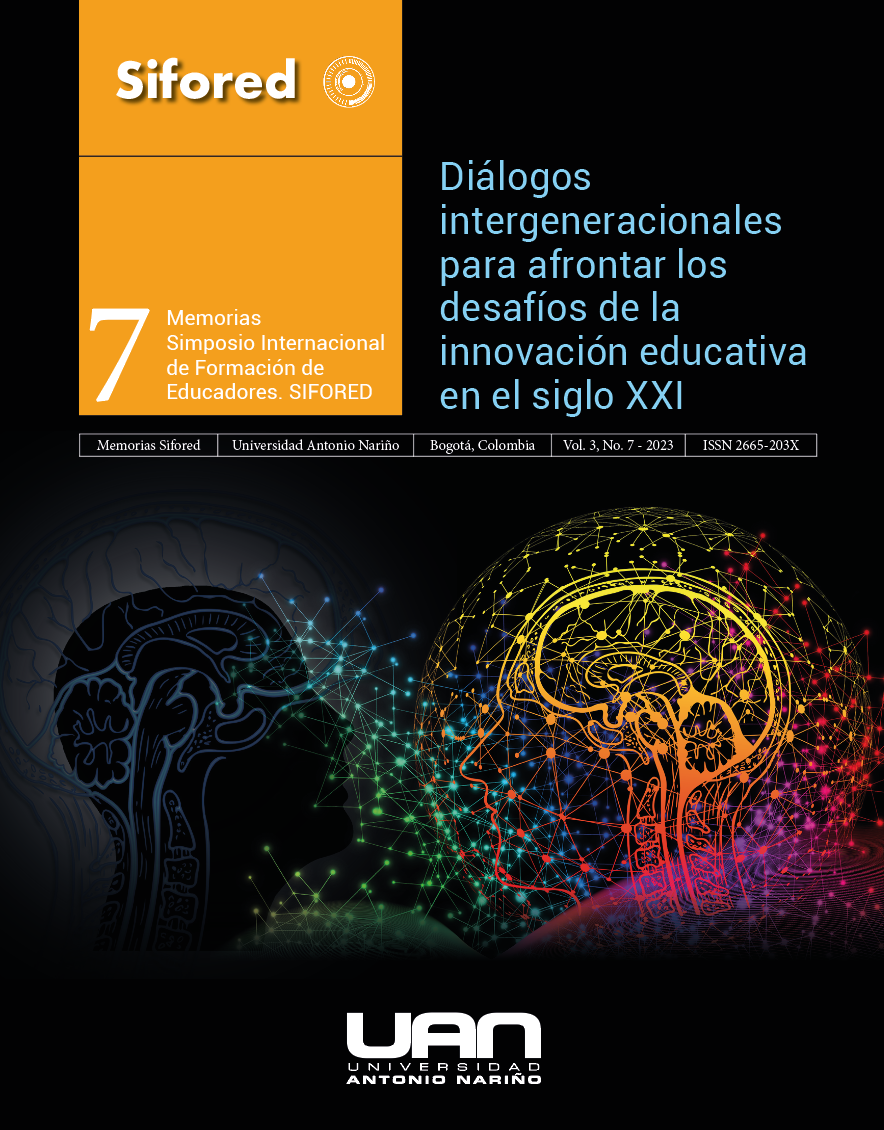Students needs, parents, and teachers’ perceptions about spending their free time
Palabras clave:
tiempo libre, programas extraescolares, necesidades, percepcionesResumen
The purpose of this research is to identify students’ needs, parents, and teachers’ perceptions about how students use their free time. This research took place at Liceo Mayor de Palermo in Bogotá, Colombia, with vulnerable children between eight and sixteen years old. The main variables identified by the authors were parents and teachers’ perceptions, students’ needs and academic engagement. A mixed approach from an analytical cross-sectional study in which the main research techniques applied were three different questionnaires for students, parents, and teachers. Some preliminary findings show that students have around 2 – 6 hours of free time after school in which they spend their time playing video games, watching movies or TV, and using electronic devices. Parents are so concerned about the way their children spend their time, excessive use of electronic devices and sedentary lifestyle. Factors such as money, time, transportation, and safety do not allow them to attend after-school programs. This study seeks to provide information necessary to identify needs, perceptions, and justification for designing free after-school programs to create a safe, healthy, and beneficial environment for this population.
Descargas
Citas
Anić, Petra & Roguljić, Domagoj & Švegar, Domagoj. (2017). What do students do in their free time and why?. Polish Psychological Bulletin. 48. 10.1515/ppb-2017-0057.
Carson, V., Hunter, S., Kuzik, N., Gray, C. E., Poitras, V. J., Chaput, J.-P. et al. (2016). Systematic review of sedentary behaviour and health indicators in school-aged children and youth: An update. Applied Physiology, Nutrition, and Metabolism, 41(6 (Suppl. 3)), S240–S265. doi: 10.1139/apnm-2015-0630.
Graham, A., & Sahlberg, P. (2021). Growing Up Digital Australia: Phase 2 technical report. Sydney: Gonski Institute for Education, University of NSW.
Guevara, R., Urchaga, J., & y Sánchez-Moro, E. (2019). Horas de pantalla y actividad física de los estudiantes de Educación Secundaria. European Journal of Health Research 2019, Vol. 5, Nº 2(Págs.133-143). [Enlace](https://revistas.uautonoma.cl/index.php/ejhr/article/view/1293/899)
Janssen, I. y Leblanc, A. (2015). Revisión sistemática de los beneficios para la salud de la actividad física y el buen estado físico en niños y jóvenes en edad escolar. En: Nutrición y actividad escolar: impactos en el bienestar (págs. 183-219). Oakville: Apple Academic Press.
Larson, RW y Verma, S. (1999). Cómo pasan el tiempo los niños y adolescentes en todo el mundo: trabajo, juego y oportunidades de desarrollo. Boletín psicológico, 125(6), 701–736.
Reiner, M., Niermann, C., Jekauc, D. y Woll, A. (2013). Beneficios para la salud a largo plazo de la actividad física: una revisión sistemática de estudios longitudinales. Salud Pública de BMC, 13(1), 813.
Schmidt N. A. & Brown J. M. (2019). Evidence-based practice for nurses: Appraisal and application of research (4th ed.). Jones & Bartlett Learning.
Stiglic, N., & Viner, R. M. (2019). Effects of screentime on the health and well-being of children and adolescents: A systematic review of reviews. BMJ Open, 9(1), e023191. doi: 10.1136/bmjopen-2018-023191
Descargas
Publicado
-
Resumen218
-
PDF91
Cómo citar
Número
Sección
Licencia

Esta obra está bajo una licencia internacional Creative Commons Atribución-NoComercial-CompartirIgual 4.0.


 Portal de Ciencia Abierta
Portal de Ciencia Abierta